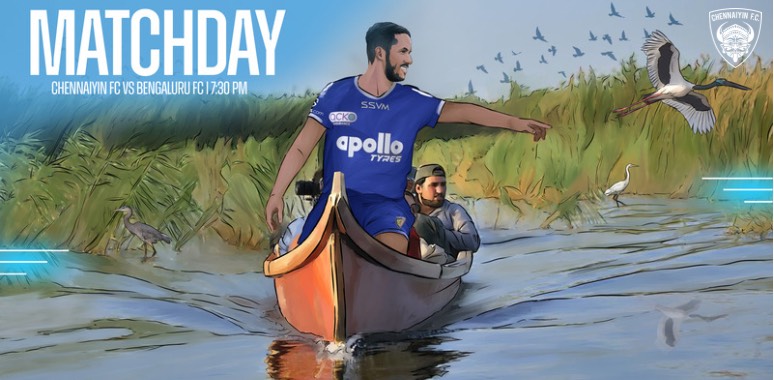
Strolling by the Chennai Wetlands before our clash against Bengaluru FC
Chennai is far more prone to flooding than so many other cities that are met by India’s healthy monsoon cycle. Just a month ago, 915mm of rainwater lashed down on our home city and its residents.
So why does Chennai flood so easy?
“The first reason is Chennai’s long history of vanishing lakes and water bodies, captured by rampant and unfettered urbanisation. Only 15% of Chennai’s wetlands are left, according to a study by Chennai-based Care Earth Trust, a biodiversity research organisation.” says an article by Divya Chandrababu for the Hindustan Times.
Wetlands provide habitat for thousands of species of aquatic and terrestrial plants and animals. The Pallikarnai Marshland in Chennai is home to 178 species of birds. But due to the decline of the marshland area and urbanisation the bird population too has taken a major hit. Migratory species such as Northern Pintails and Flamingoes are no where to be seen! There is no doubt that these wetlands are a crucial part of our ecosystem. “Coastal marshes are particularly valuable for preventing loss of life and property by moderating extreme floods and buffering the land from storms; they also form natural reservoirs and help maintain desirable water quality,” the USGS website tells us.
The simplest ways to contribute to the protection of these highly biodiverse environments from home is; reduce pollution, recycle, conserve water, educate and learn what more you can do. To protect this ecosystem, there are many organisations such as Suzhal Arivom that aim at educating people about the importance of preserving these natural wetlands.

















